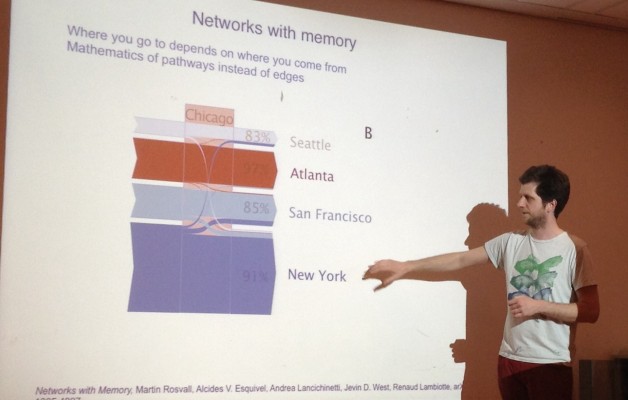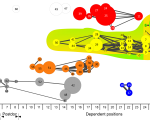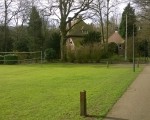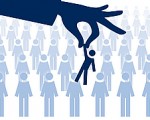The main purpose of my STSM in Amsterdam at the eHumanities group was to interact with their researchers on novel ways to visualize science. In that respect, my stay has been very productive, and I would like to thank again my hosts for their kind welcome and their availability. During my stay, I have given a seminar entitled “Mapping new models of complex data” on challenges and opportunities associated to the availability of new types of datasets. The talk has been followed by interesting suggestions and discussions from several members of the eHumanities group . I have also benefited from discussions with Almila Akdag and Vincent Traag on different aspects of my work, and from a brainstorming with Andrea Scharnhorst for the organisation of a conference next year in Mons, Belgium. I would like to thank again COST for giving me the chance to perform this STSM.
Renaud Lambiotte
Report of the host
Renaud Lambiotte’s visit at the eHumanities group, April 10-19, 2014 served different purposes:
- meeting with Almila Akdag about the activities in WG 3
- being available as expert for the projects in computational humanities of the eHg – in particular the CEDAR project
- meeting with WG 4 co-leader Christophe Gueret
- meeting with Vincent Traag – WG 3 member and organizer of a former workshop on Complexity and Digital Humanities in Amsterdam
- meeting with Almila and myself for the preparation of the Third Annual Knowescape conference in year 3 in Mons, which is special because it is linked to an exhibition at the Mundaneum on Knowledge Maps (for which both Renaud and myself are part of the Scientific Advisory Board)
The interactions during his stay were intense and fruitful. In particular concerning the Third Annual meeting in Mons, at the Mundaneum, we made progress and worked collaboratively at a document about ideas and to-do’s.
The fact that Renaud’s stay partly overlapped with the STSM of Dagmar Kern and Wilko van Hoek (from GESIS, and working on visuals used in archives) who both also joined his talk on Thursday, turned this research meeting almost a mini TD1210 WG 3+4 event, and made this stay even more effective in terms of increasing the cohesion inside of TD1210
Andrea Scharnhorst





